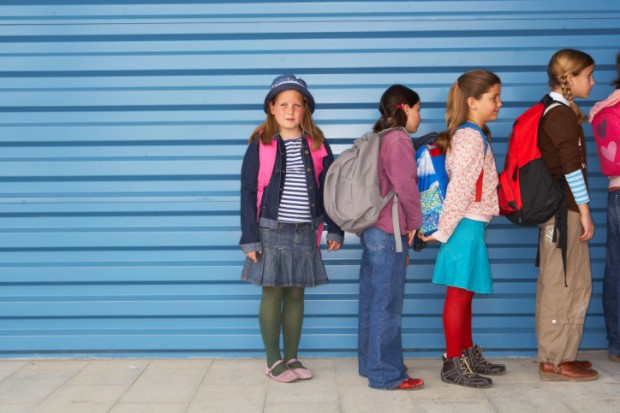By Matt Levinson
For parents, the pre-teen and teenage years can be overwhelming, disorienting and puzzling. Students encounter the tangled web of changing hormones, shifting social dynamics, entrée into social media, the desire for greater independence as well as the need for emotional safety.
Many parents can feel at a loss as to how to communicate and connect with their child during this period. This is where schools can play a key role. Schools have the data point of hundreds of children over many years, and with the benefit of this broad perspective, can help parents make sense out of the social and emotional issues that come up.
Communication between parents and schools can provide a frame of reference for parents to put things in perspective, and to break the isolation that many parents feel when trying to work with and understand their child. This can happen through parent education programs and gatherings where parents share their questions, struggles and concerns and receive reassurance and guidance from skilled and trained teachers, who can place these issues in a larger perspective. This can also happen through phone calls to the school to talk through a thorny situation, to just see if what is going on at home is in the realm of the developmental stage that the child is going through.
In order to form this relationship between schools and parents, here are some ideas that have proven to work well.
- PARENT GROUPS. A well-coordinated advisory group built on the developmental needs of each grade level, with communication to parents about the goals of the advisory program, built on the foundational skills of social emotional learning (SEL). Schools can develop advisory programs using SEL themes particular to the developmental needs of the grade level and host parent education evenings or morning coffees centered around some of these themes.
- ORGANIZED PROGRAMS. Advisory programs can incorporate the rating scale or check in as a part of regular practice. Janice Toben and Rush Sabiston, who run a summer workshop for teachers on SEL, have refined the rating scale and have introduced it to many school communities. On a scale of 1-10, students rate their mood that day, with 10 being the most positive feeling and 1 being the least. This challenges the other students to demonstrate empathy and connection with the way the student leading the check-in has organized the scale. The rating scale also provides a safe way for middle school students to let an adult know how he/she is feeling. Instead of asking a student, "How are you doing?" to which the response is most often "fine," the check-in creates a space to signal feelings, moods and emotions through metaphor. If a student checks in at a very low number, the opportunity is there for the teacher to follow up with the student and the family if necessary, thus further cementing the home-school connection.
- STUDENT TRAINING. A separate Social-Emotional Learning class that provides the opportunity for students to share their worries, concerns and anxieties, coupled with the skill-building strategies to talk about and cope with these challenges. Toben and Rush, for example, have developed Open Session as the framework for kids to communicate with each other in the SEL or advisory classroom setting. In open session, students anonymously share an issue or concern on a 3x5 notecard. The teacher collects these cards and then uses the cards to generate a student led discussion around problem-solving, empathy, listening and connection. The cards also provide the teacher with the "inside" view of what middle school students are thinking about and can compile the cards to make sense of grade level themes and issues, which can then be used at parent evenings and coffees to discuss developmental stages of pre-teens.
- OPEN COMMUNICATION. When problems and issues arise, the school communicates closely with parents to work with them in the solution-building process, using SEL tools, to illustrate modeling for students.
- DESIGNATED ADVISER. With the help of a skilled teacher, which could be a dean of students or an adviser, students seek the support and guidance of this teacher to help work through challenges. This teacher can also bring together groups of students to sort through challenging social situations and have students practice the skills of SEL to work to resolve. Communication home happens as a follow up, to reinforce the SEL skill building.
Prioritizing social and emotional learning in schools, and building bonds between students, parents, and schools is crucial in creating a safe learning community. These non-cognitive skills help students build capacity for emotional connection and investment that makes school a more gratifying place to be.


